Who Will Save the Lighthouses?
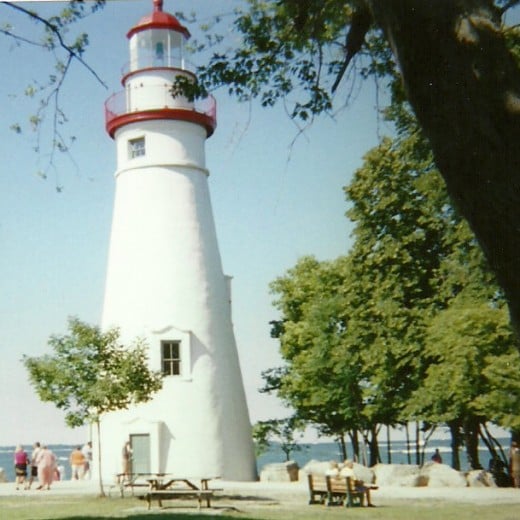
It's happening the world over -- lighthouses built in the 1800s are crumbling from age and neglect as storms, eroding soil, and even vandalism continue to play a part in their demise.
These once-beautiful structures across the globe have aided in saving lives endangered by raging seas almost since the beginning of water travel. With beacons and lanterns that were often responsible for water rescues in the past, dysfunctional lighthouses have slowly become financial burdens to the people they have served.
Along the USA coastline alone, over seven hundred lighthouses were formerly operational.
Organizing to Save the Lighthouses
The Rotary Club, the Lions Club, the Kiwanis were all born out of a sense of charity and volunteerism to promote and help raise money for causes.
Benjamin Franklin organized the first volunteer firehouse. Volunteers came together in American times of grief, raising funds during the Revolutionary and Civil wars for the cause. Religious organizations find volunteers for every fund-raiser imaginable.
What do world lighthouses have in common with those organizations? As suggested in America's number one magazine on lighthouse history and conditions, the Lighthouse Digest, lighthouses, like charities, need volunteers to help their cause for survival.
The Marblehead Lighthouse at (now) Marblehead Lighthouse State Park on the northern shore of Lake Erie's Marblehead Peninsula at Marblehead, Ohio, had a most happy ending. It continues to stand as not only a regal sentinel to Lake Erie, but it is the oldest, and the only still operational lighthouse in the region.
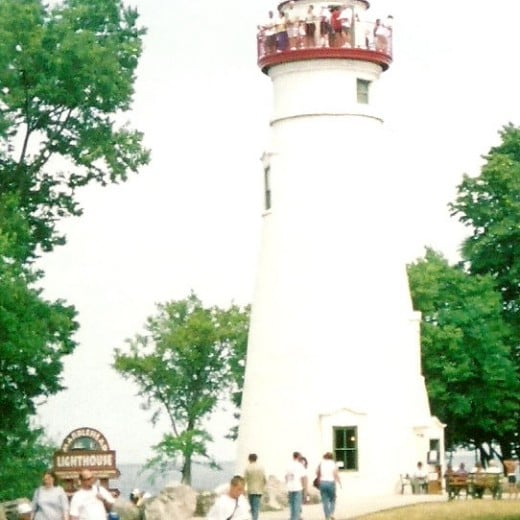
The Saving of Ohio's Marblehead Lighthouse
The entrance to Sandusky Bay and all the Great Lakes were declared in 1819 by the United States Congress to be in need of navigational lights to help ships and sailors avoid shallow shores and waters of dangerous rocky undergirths.
At the turn of the 19th Century, new technology improved lighthouse lanterns. From whale oil lamps to single kerosene lanterns magnified by Fresnel lights to automated beacons of today, lighthouse signals have evolved to guard the waterways of mankind.
The Marblehead Lighthouse State Park was created in 1998 when the Ohio Department of Natural Resources adopted the Marblehead Lighthouse and plotted a park facility which Ohioans and visitors the world over may enjoy. Tours of the lighthouse are given in specific summer hours, and when the wind is low, visitors may climb the 75-step tower to view the spectacular waterscape surrounding the area.
The Marblehead Lighthouse is unique in its operation because it sports a beacon that flows outward to sea from evening to dawn in a bright green hue. The United States Coast Guard, which once maintained all lighthouses, remains as the caretaker of the Marblehead beacon.
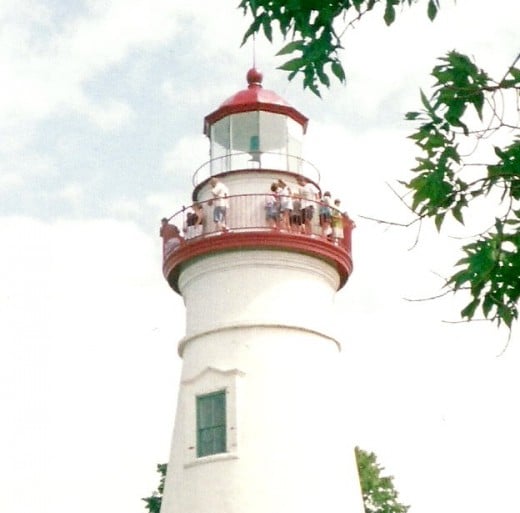
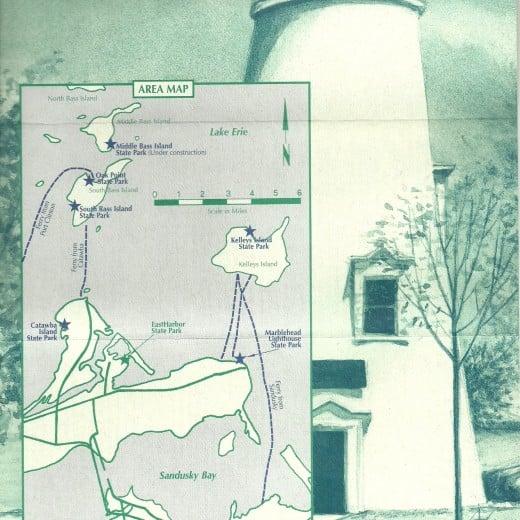
The American Lighthouse Foundation
Lighthouse Digest, edited and published by Timothy Harrison, dedicates itself to helping in the preservation of historic lighthouses. Over 35 American lighthouses were on the magazine's "The Doomsday List" last year.
Six structures on the doom and gloom list were in the Puerto Rican islands; five were in Louisiana; some, like Turtle Island Lighthouse and West Sister Island Lighthouse in Ohio, are located around the small outlet islands of the Great Lakes.
Harrison's magazine took on a 2011 New Year's Day resolution: "...to work diligently in uncovering and reporting on forgotten and lost lighthouse history so that it might be reported in the pages of Lighthouse Digest to be saved and preserved for future generations" and to "help promote the various efforts being made by many lighthouse groups across the country and throughout the world", as stated in the back-page Wickie's Wisdom column of the January-February, 2011, issue.
Lighthouse preservation volunteers are accustomed to uncovering old photos and stories loaded with the heroic acts of long-gone lighthouse keepers like Joseph Napiezinski, featured in Lighthouse Digest's January-February, 2011, issue. Photographed at the age of 77, Napiezinski's proud likeness bears testimony to his story of having to crawl over ice to get to the lighthouse at Manitowoc, Wisconsin, during his keeper tenure from 1911 to 1941, and using a hatchet to shave off the ice on the door so he could get in and climb the tower to service the lantern.
The American Lighthouse Foundation welcomes people of Napiezinski's like-mindedness. Corporation-backed organizers, city councils, and groups that come together on their own all help in the fund-raising to preserve decaying historic lighthouse structures.
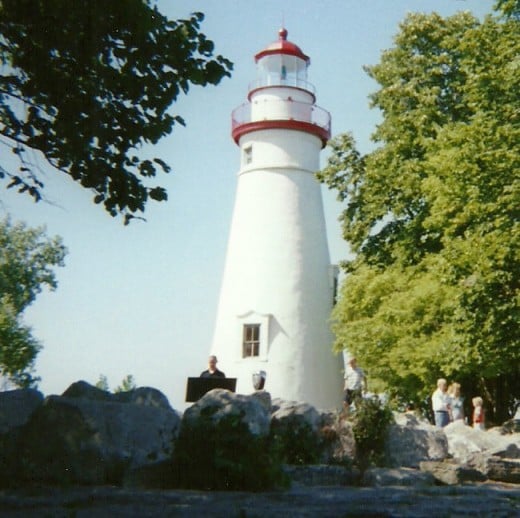
Europe's Lighthouse Sale
Italy has become an idea floodgate for lighthouse preservation in its unique approach to regaining economic stability. The island of Sardinia has developed a leasing plan that allows private investors to take on the refurbishing of its decrepit lighthouses.
Formerly inaccessible lighthouses owned and operated by Coast Guard, or Navy forces are now on the market for leasing and developing on terms of 30 years of caretaking and redeveloping. The lighthouses' new job is to entertain the public while being preserved as historic structures.
Need a hotel stop? Try a lighthouse. Capo Spartivento Lighthouse in southern Sardinia serves as a model of the new development project. Now a five-star, luxury retreat, the Capo Spartivento Lighthouse is the first of its (new) kind, and leasees and developers hope it won't be the last. Capo Spartivento Lighthouse is reportedly fully booked for the summer of 2012.
Other developmental possibilities suggested for lighthouses in the fight to preserve them include their use as writer retreats, museums, or oceanography research centers.
Continuing the Effort to Save Lighthouses
Rescuing lighthouses and preserving their history is an ongoing task requiring many hands on board and funding that is more difficult than other causes. Such large structures near water and on rocky shores present a daunting challenge in preservation, or development.
Each light has a huge backdrop of history rich in water rescue and caretaking.
Refurbishing lighthouses is happening the world over, however, slowly and steadily, to give the ancient towers new life and purpose and to preserve their history and that of many dedicated individuals who forever share their stories of light across the water.








